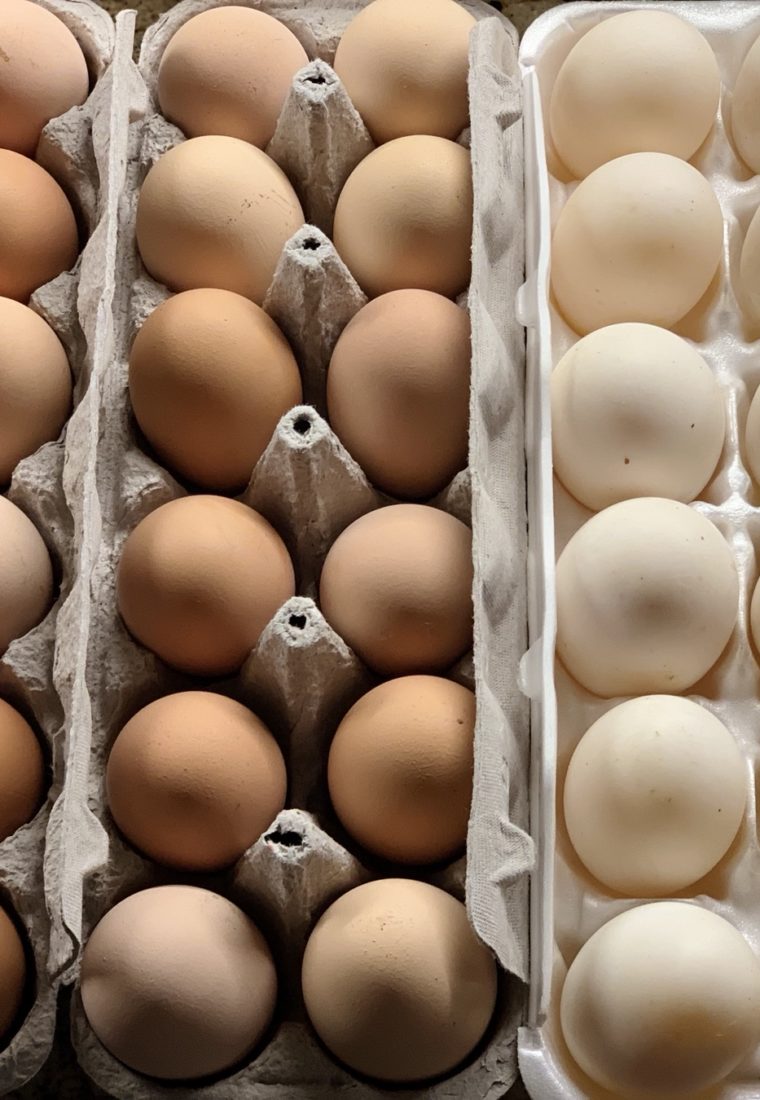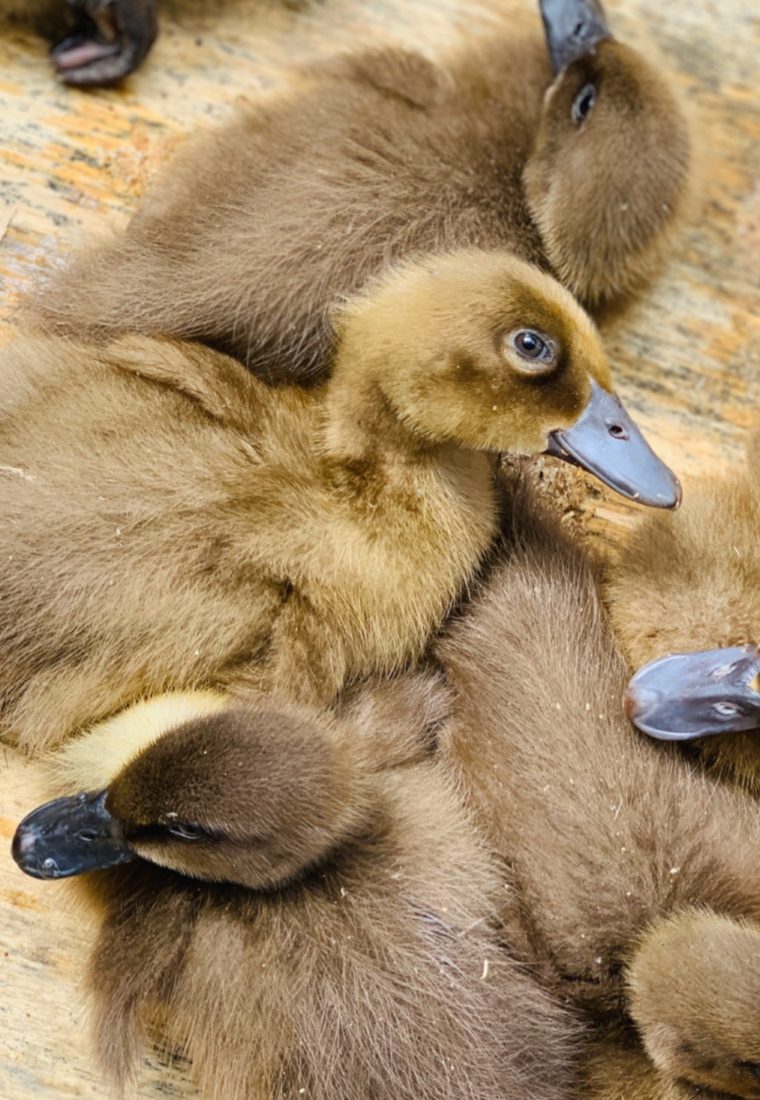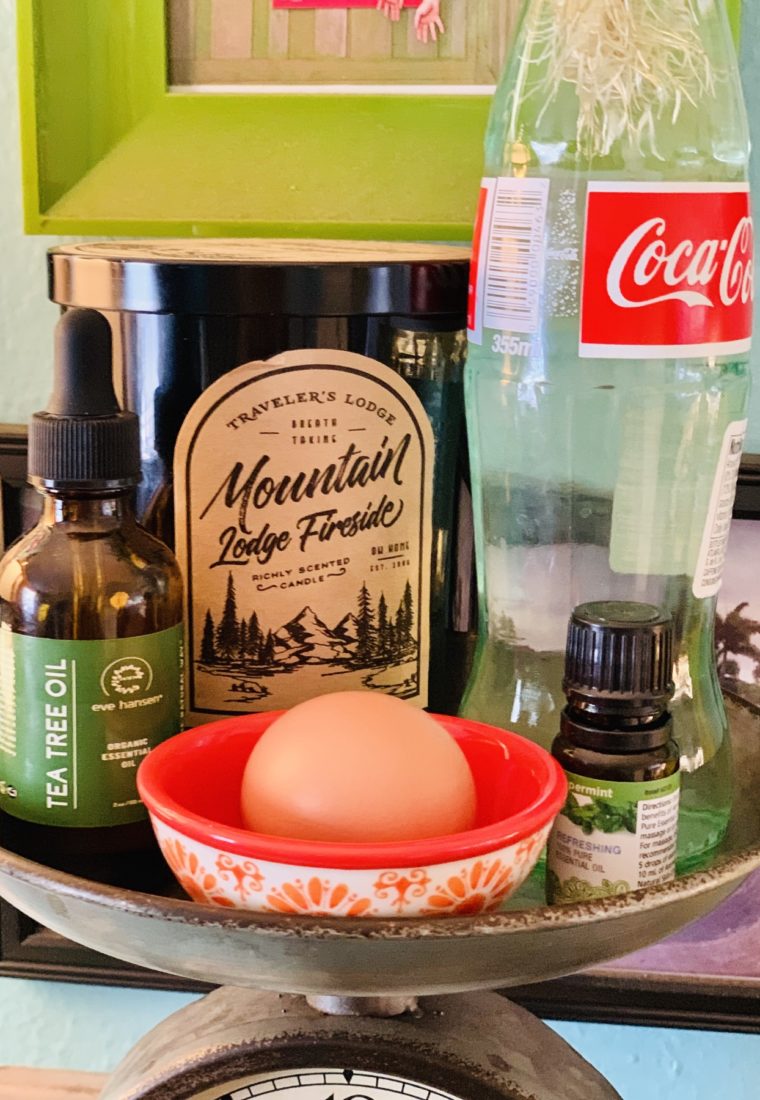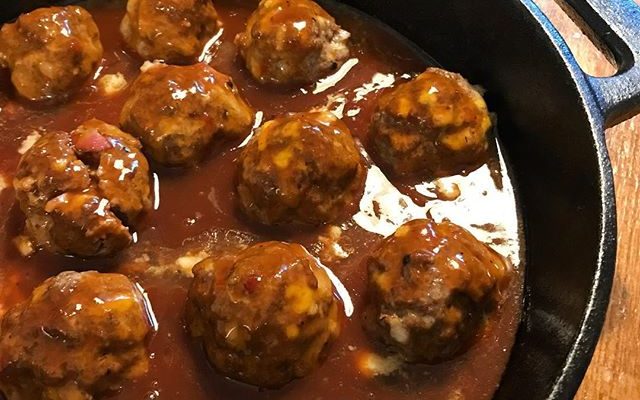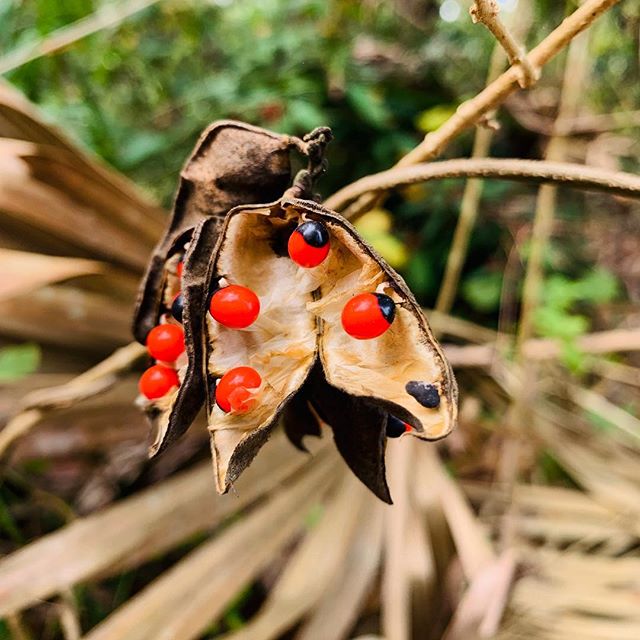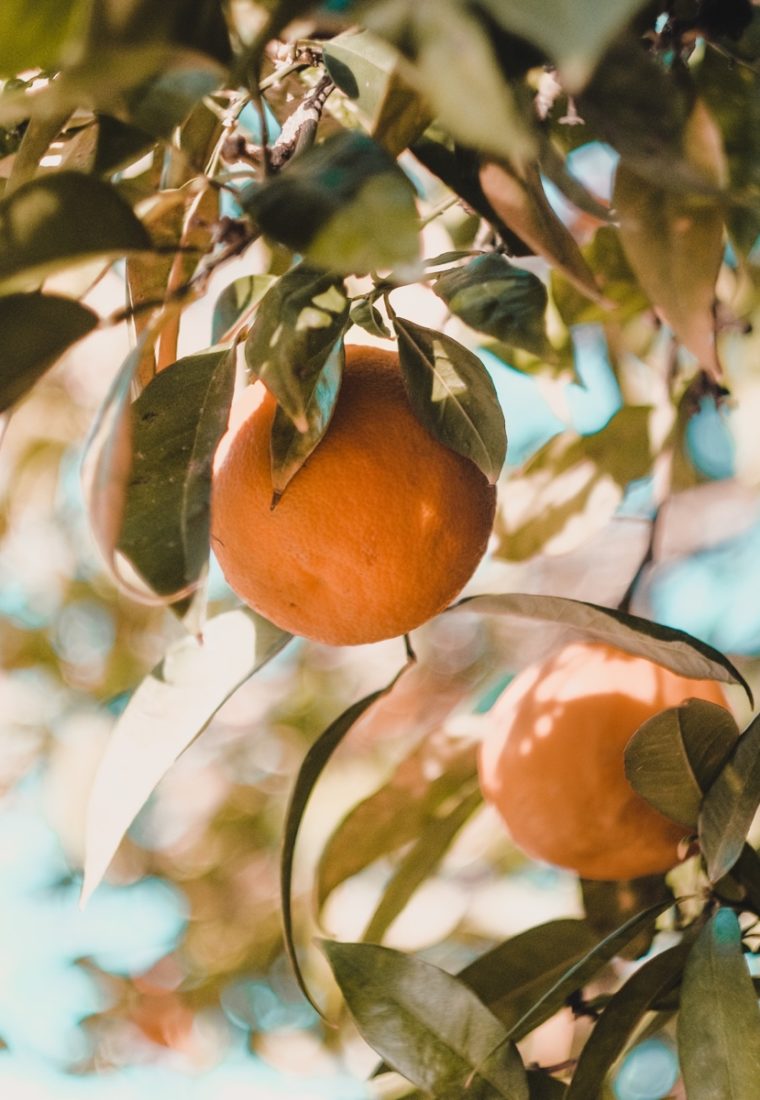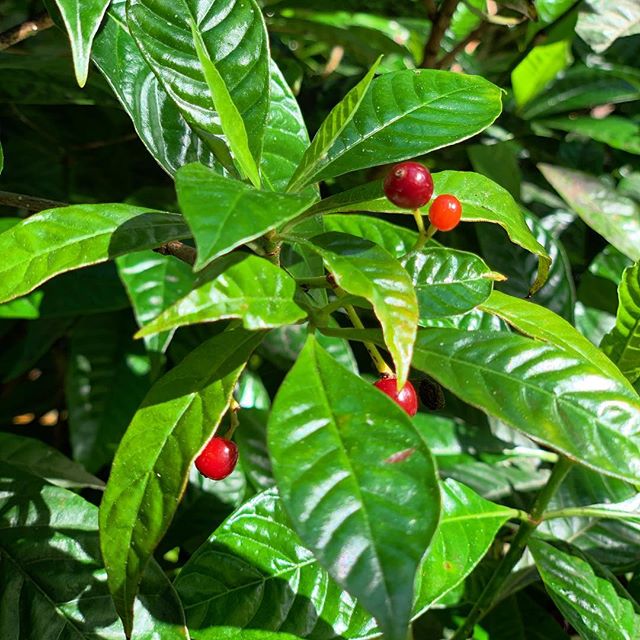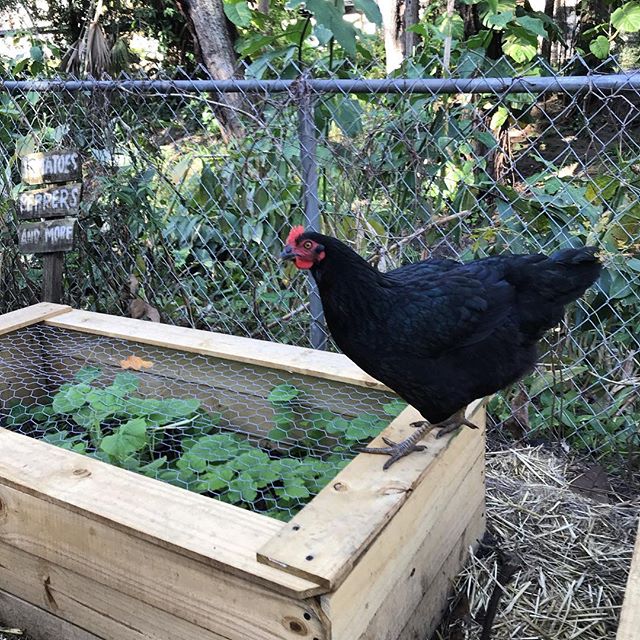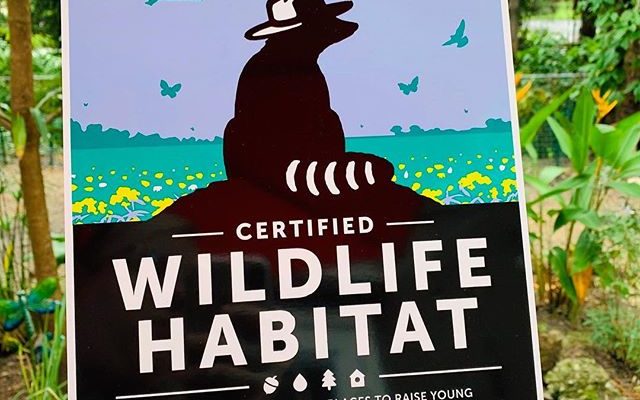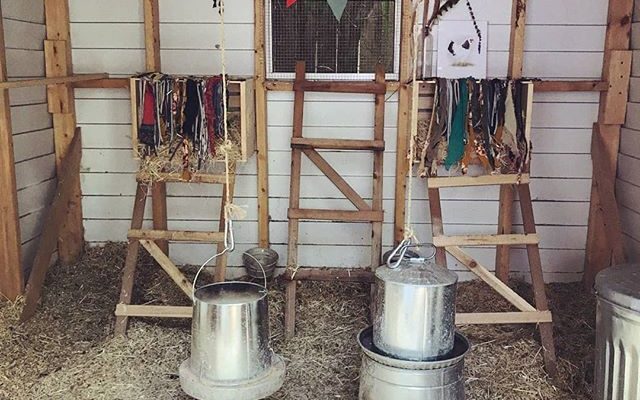
First we got chickens, and the chickens needed a coop. So we turned our shed into a coop. When we got ducks though, what they really needed was a nice and natural pond.
After doing a little research, I learned there are many types of ponds that you can build yourself, much easier than I had imagined also. Somewhere in the search for inspiration, I decided that making the pond as natural as possible would fit our homestead lifestyle much better than installing pumps and waterfalls and using artificial chemicals to keep the water clean.
A natural pond not only spoke to our lifestyle but also kept in line with our low maintenance creed.
If you’re thinking about a pond, it’s as simple as starting to dig, and that’s exactly what I did. I picked out the spot, roughed in the shape and started to dig. I took out some rocks, and a few roots but mainly just started to dig. I wanted to go down a little bit further than the maximum depth I wanted to make up for the liner and under-liner material, and I wanted some areas deeper than others, so keep that all in mind as you dig.
Once I got the shape and depth, I dropped in some old carpet pieces to protect the liner from any roots that might try to puncture it, then followed that with the liner. I tried the best I could to make the liner smooth to the kidney shape we dug. The liner overlapped some on the soil and I kept it in place with some rocks around the border.
After this, I filled it up with water, and that was the last time other than topping off here and there I’ve had to add water. It’s mostly now filled by rainwater.
As far as a “natural pond” goes, plants are your filter so choose them carefully. There are plenty of plants that help, but I think looking at actual natural ponds helps to give you an idea what plants grow in your area and which ones help sustain a natural aquatic biome. If you’re lucky you can forage some for yourself and cut the costs.
Another concern was mosquitos, this easily was addressed by adding guppies, mosquito fish, and goldfish. They kept the water moving a bit and actually eat the mosquito larvae.
Simple additions like little solar fountains or sprinklers can help keep the water moving to discourage mosquitos also and help oxygenate the water some.
Lastly, make it your own! Plant around the edges, add solar lights, enjoy larger fish like koi, or just enjoy the natural aquatic pondscape you’ve made and the local plants you’ve foraged.
Here are some progression photos:













It can be as simple or as difficult as you like, but with my creed of simple being better, a natural pond is a fun, creative way to make the most out of your backyard or property and yes, the ducks love it!



